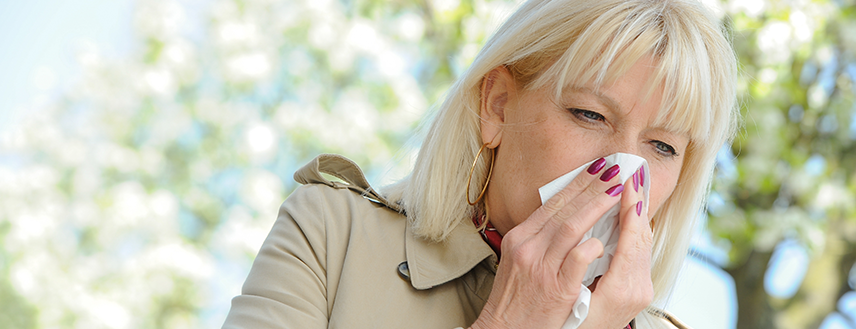
The groundhog may have seen his shadow indicating six more weeks of winter, but many parts of the US are experiencing warmer than normal temperatures, meaning allergy season is set to arrive early.
Instead of snow, many parts of the country have been plagued by days of rain and damp weather. Rain carries mold and pollen spores. The jump in temperature means trees have begun the pollination process sooner than usual. Experts say this is bound to lead to a longer than normal allergy season.
Typically, tree pollen levels rise in late March or early April, prior to the grass pollen season. However, many areas across the US are already experiencing moderate to high pollen levels. This means that the grass and tree pollen seasons will likely overlap, magnifying symptoms for those people affected by both.
Allergies occur from your immune system’s inflammatory response to environmental exposures that explain the symptoms. More serious problems can occur for people with allergy-induced asthma. Allergists recommend taking the following steps to minimize seasonal allergy symptoms:
- Windows Closed – You may think that a bit of fresh air will improve your home, but opening up those windows just lets the pollen into your house.
- Shoes Off – Insist that everyone coming into your home take their shoes off at the door. It may seem inconvenient, but if you suffer from allergies, tracking all that pollen into your house can be a real problem.
- Bedtime Shower – Before hopping into bed at night, take a quick shower to wash off all the pollen that has settled on your skin and in your hair throughout the day. Keeping pollen out of your bed may help reduce nighttime allergy symptoms.
- Adjust Humidity – Keep track of the humidity levels in your home. It should hover around 60 percent. If your house gets too moist, mold and mildew spores are likely to grow, increasing allergy symptoms.
- Recirculate Air – When you’re driving during peak allergy times, be sure your car is using recirculated air. The last thing you want to do is have the fans in your car bringing in all the pollen from outside as you’re driving around town. Keep windows and sunroofs closed as well.

Leave a Reply